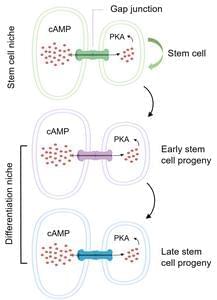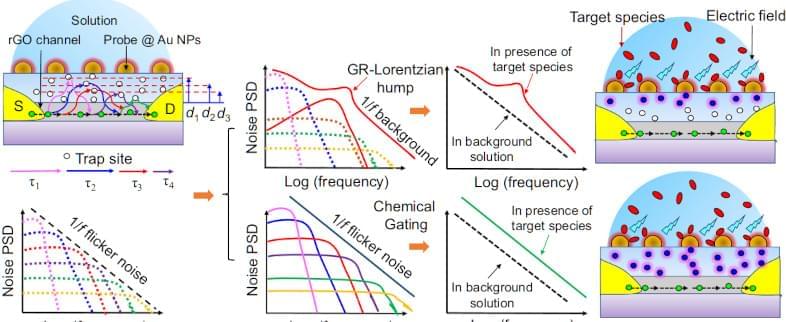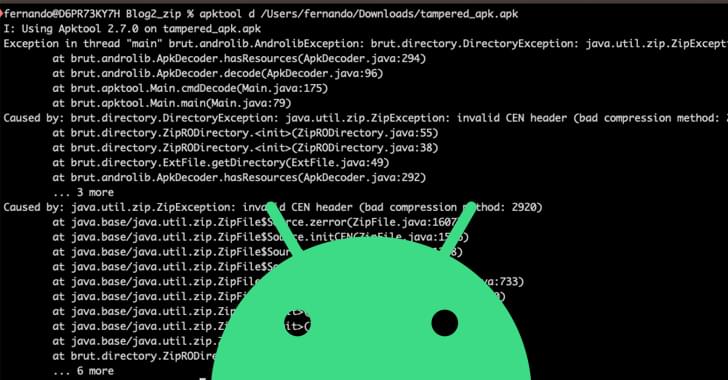Are you running a small business? Learn how to use AI for small businesses effectively and what tools to use to get the most out of the AI.



This post is also available in:  עברית (Hebrew)
עברית (Hebrew)
At a crucial time when the development and deployment of AI are rapidly evolving, experts are looking at ways we can use quantum computing to protect AI from its vulnerabilities.
Machine learning is a field of artificial intelligence where computer models become experts in various tasks by consuming large amounts of data, instead of a human explicitly programming their level of expertise. These algorithms do not need to be taught but rather learn from seeing examples, similar to how a child learns.
In a major milestone, Chandrayaan-3’s Pragyan rover has confirmed the presence of sulphur & other elements on the moon’s south pole. Molly Gambhir brings you a report.
#chandrayaan3 #sulphur #gravitas.
About Channel:
WION The World is One News examines global issues with in-depth analysis. We provide much more than the news of the day. Our aim is to empower people to explore their world. With our Global headquarters in New Delhi, we bring you news on the hour, by the hour. We deliver information that is not biased. We are journalists who are neutral to the core and non-partisan when it comes to world politics. People are tired of biased reportage and we stand for a globalized united world. So for us, the World is truly One.
Please keep discussions on this channel clean and respectful and refrain from using racist or sexist slurs and personal insults.
Check out our website: http://www.wionews.com.

Researchers at the Hong Kong University of Science and Technology (HKUST) have found how stem cells’ surrounding environment controls them to differentiate into functional cells, a breakthrough critical for using stem cells to treat various human diseases in the future.
Stem cells play a crucial role in supporting normal development and maintaining tissue homeostasis in adults. Their unique ability to replicate and differentiate into specialized cells holds great promise in treating diseases like Parkinson’s disease, Alzheimer’s disease and type I diabetes by replacing damaged or diseased cells with healthy ones.
Despite their potential therapeutic benefits, one of the major challenges for cell therapies lies in efficiently differentiating stem cells into functional cells to replace damaged cells in degenerative tissue. This task is particularly difficult due to the limited understanding of the underlying molecular mechanism by which the tissues around stem cells, known as the stem cell niche, guide stem cell progeny to differentiate into proper functional cell types.
Just about verything will have AI in the future.
“The compact full-frame camera promises advanced autofocus features, performance, and high-quality 4K video. Following the lead of recent Sony cameras, the a7C II also includes a dedicated artificial intelligence (AI) processing engine to drive some of its more sophisticated photo and video features, including robust subject recognition, real-time tracking, and AI-based Auto Framing.”
The Sony a7C II is available body only for $2,199.99 or in a kit with Sony’s 28-60mm zoom lens for $2,499.99. This is a $300 difference compared to the Sony a7 IV body. The Sony a7C II is available in gray and black colorways. The Sony a7C II will begin shipping this fall.
Sony a7CR: a7R V Sensor in a Compact Body.
Alongside the Sony a7C II, Sony has announced its first a7CR camera. Like the a7R series, including its most recent iteration, the Sony a7R V, the Sony a7CR offers a high-resolution image sensor, albeit in a compact package.

Experts warn that AI-generated content may pose a threat to the AI technology that produced it.
In a recent paper on how generative AI tools like ChatGPT are trained, a team of AI researchers from schools like the University of Oxford and the University of Cambridge found that the large language models behind the technology may potentially be trained on other AI-generated content as it continues to spread in droves across the internet — a phenomenon they coined as “model collapse.” In turn, the researchers claim that generative AI tools may respond to user queries with lower-quality outputs, as their models become more widely trained on “synthetic data” instead of the human-made content that make their responses unique.
Other AI researchers have coined their own terms to describe the training method. In a paper released in July, researchers from Stanford and Rice universities called this phenomenon the “Model Autography Disorder,” in which the “self-consuming” loop of AI training itself on content generated by other AI could result in generative AI tools “doomed” to have their “quality” and “diversity” of images and text generated falter. Jathan Sadowski, a senior fellow at the Emerging Technologies Research Lab in Australia who researches AI, called this phenomenon “Habsburg AI,” arguing that AI systems heavily trained on outputs of other generative AI tools can create “inbred mutant” responses that contain “exaggerated, grotesque features.”

If you live in a place where you can buy Arduinos and Raspberry Pis locally, you probably don’t spend much time worrying about your water supply. But in some parts of the world, it is nothing to take for granted, bad water accounts for as many as 500,000 deaths worldwide every year. Scientists have reported a graphene sensor they say costs a buck and can detect dangerous bacteria and heavy metals in drinking water.
The sensor uses a GFET — a graphene-based field effect transistor to detect lead, mercury, and E. coli bacteria. Interestingly, the FETs transfer characteristic changes based on what is is exposed to. We were, frankly, a bit surprised that this is repeatable enough to give you useful data. But apparently, it is especially when you use a neural network to interpret the results.
What’s more, there is the possibility the device could find other contaminants like pesticides. While the materials in the sensor might have cost a dollar, it sounds like you’d need a big equipment budget to reproduce these. There are silicon wafers, spin coating, oxygen plasma, and lithography. Not something you’ll whip up in the garage this weekend.

Cell therapy company BlueRock Therapeutics has revealed promising results from the Phase 1 clinical trial of bemdaneprocel, an investigational stem cell therapy designed to treat Parkinson’s disease. BlueRock, a wholly owned independently operated subsidiary of pharma giant Bayer, is creating a pipeline of cell therapy treatments for neurological, cardiovascular, immunological, and ophthalmic conditions.
Bemdaneprocel is a stem cell therapy developed to replace dopamine-producing neurons that are lost in Parkinson’s disease. Derived from pluripotent stem cells, the therapy involves implanting neuron precursors into the brains of patients to potentially restore neural networks and improve motor and non-motor functions.
“The need for new therapies to help patients struggling with Parkinson’s disease is clear,” said Ahmed Enayetallah, Head of Development at BlueRock Therapeutics. “We are excited to be sharing the results of this Phase 1 and look forward to advancing bemdaneprocel to the next stage of clinical testing.”

This post is also available in:  עברית (Hebrew)
עברית (Hebrew)
Prominent National Science Foundation (NSF) space telescopes worldwide have been shut down due to a major cyberattack, the reason for which is unknown. For over two weeks, ten telescopes have been impacted, while some on-site operatives were able to keep some operational. These shutdowns have caused chaos in the astronomy sphere due to many essential windows of opportunity being missed for space observations.
NOIRLab (the NSF-run coordinating center for ground-based astronomy) said in a press release “Our staff are working with cybersecurity experts to get all the impacted telescopes and our website back online as soon as possible and are encouraged by the progress made thus far.”
